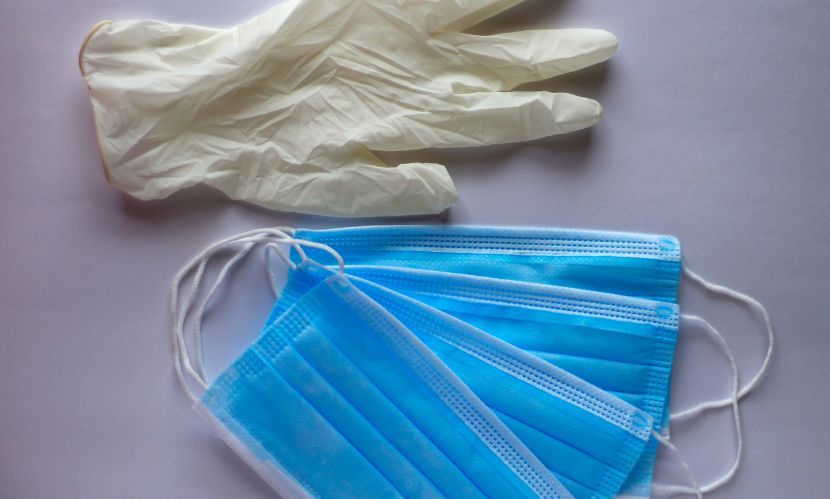The India Disposable Surgical Wear Market refers to the ecosystem of single-use protective garments and accessories designed for surgical and procedural environments across India. This market covers everything from disposable gowns and drapes to caps, masks, shoe covers and specialized barrier garments used in operating rooms, intensive care units, and procedural suites. Its importance is anchored in infection prevention, staff safety, operational efficiency and regulatory compliance — making it a central component of modern healthcare delivery.
Understanding the concept
Disposable surgical wear encompasses a range of products engineered to provide a microbial barrier, fluid resistance, and wearer comfort during medical and surgical activities. Materials and design approaches vary across product types: lightweight spunbond fabrics for routine procedures, composite laminates for higher fluid protection, and breathable films for wearer comfort during extended use. Beyond gowns and drapes, the market includes specialized items such as isolation suits, sterile procedure kits, and single-use surgical apparel designed for minimally invasive and open surgeries alike. Innovations in nonwoven technology, seam sealing, and ergonomic fits contribute to the category’s practical performance.
The problem it solves
At its core, the India Disposable Surgical Wear Market addresses several persistent healthcare challenges. First, it reduces the risk of cross-contamination between patients and healthcare workers by providing fresh, sterile barriers for each procedure. Second, it simplifies logistics in fast-paced clinical settings where turnaround time matters; single-use apparel removes the need for complex decontamination cycles and reduces the burden on sterilization services. Third, it helps facilities meet infection control standards and regulatory expectations by standardizing the protective qualities of garments. Finally, for settings with limited laundry and sterilization infrastructure, disposable options offer a pragmatic route to maintaining high standards of hygiene without large capital investments.
Significance for patients, providers, and stakeholders
For patients, disposable surgical wear contributes to safer surgical outcomes by minimizing sources of contamination in the operative field. For clinicians and support staff, these products offer predictable protection with less cognitive load around garment integrity and sterilization status. Hospital administrators benefit from predictable supply models and simplified compliance documentation. Manufacturers and distributors see an opportunity to tailor product portfolios to different clinical needs, while public health authorities view single-use surgical wear as a tool to manage infection risks during outbreaks and high-demand situations. Together, these stakeholders rely on the availability and reliability of disposable surgical wear to maintain care quality.
Practical applications and real-world outcomes
In everyday clinical practice, disposable surgical wear is deployed across preoperative preparation, intraoperative management, and postoperative cleanup. Operating room teams use sterile disposable gowns and drapes to create and maintain the sterile field; nursing and ancillary staff wear protective masks, caps, and shoe covers to reduce environmental contamination. In emergency and isolation settings, higher barrier disposable suits and gowns help protect frontline staff while allowing rapid donning and doffing. The practical outcomes are tangible: streamlined procedure workflows, reduced laundry and sterilization bottlenecks, lower turnaround time between cases, and enhanced confidence among staff regarding protective standards.
The future landscape: shifts and innovations
Looking ahead, the India Disposable Surgical Wear Market is likely to evolve along lines of material science, sustainability, and user-centric design. Advances in biodegradable nonwovens and recyclable composites may offer pathways to reconcile single-use convenience with environmental concerns. Product design is expected to become more ergonomic and inclusive, addressing fit and comfort for diverse body types and prolonged wear scenarios. Antimicrobial finishes and enhanced fluid management technologies will continue to raise the performance bar, while modular packaging and ready-to-use sterile kits will further simplify clinical logistics. Finally, partnerships between manufacturers and healthcare systems could foster localized production models, ensuring resilient supply chains and rapid response to changing clinical needs.
 :
https://in.pinterest.com/lalitsenseo/
:
https://in.pinterest.com/lalitsenseo/

